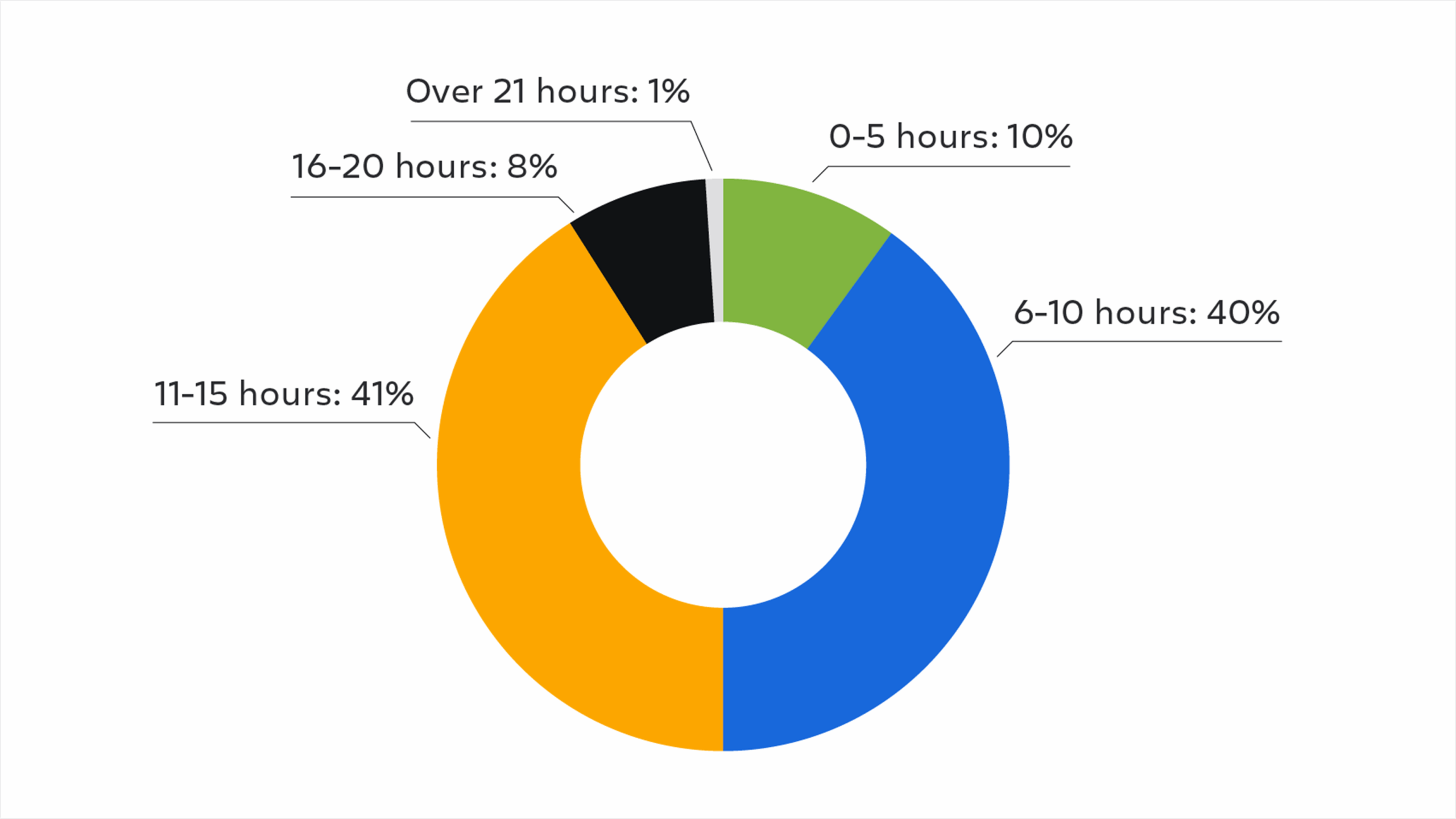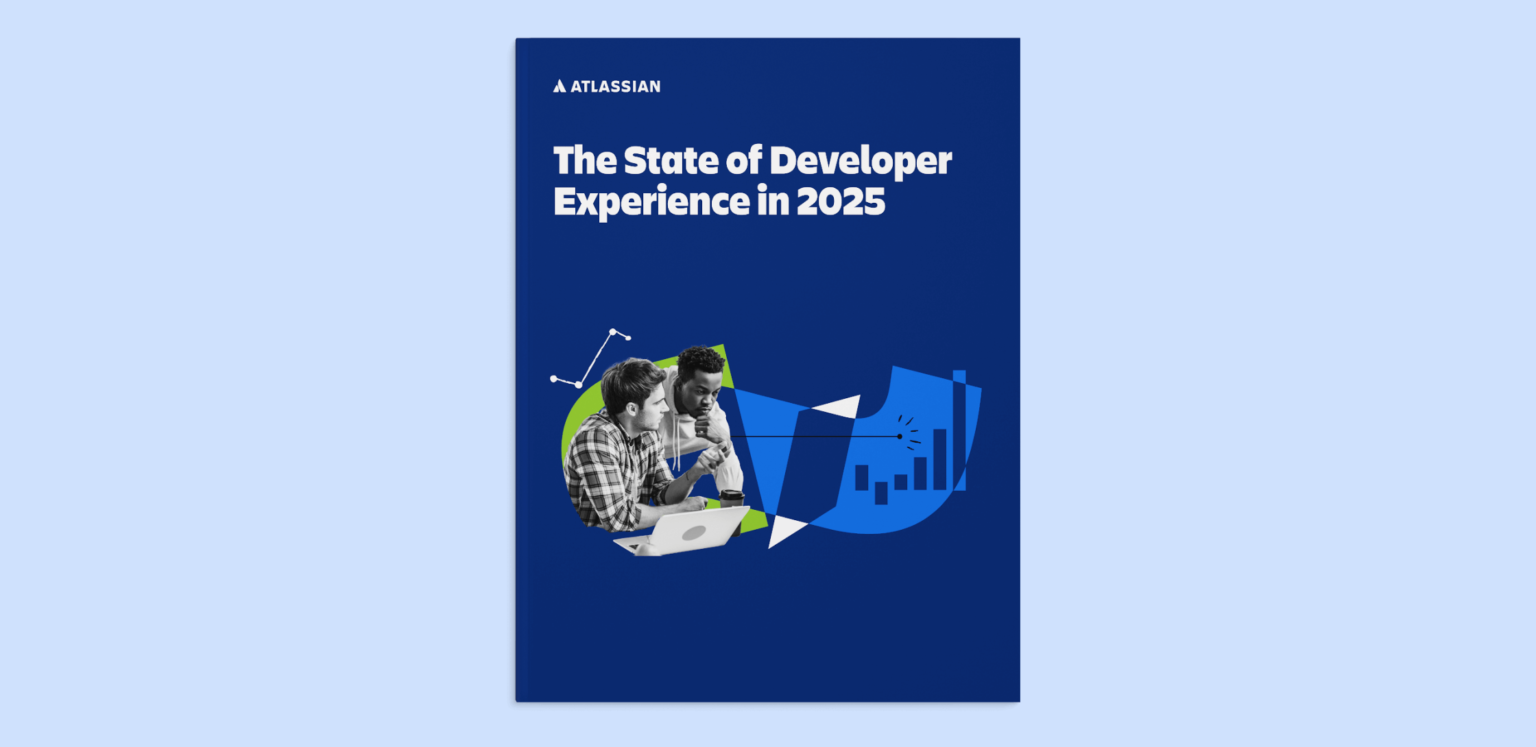There have been dramatic changes to the developer landscape since our 2024 report. AI capabilities are extending beyond coding assistants, the rubber is hitting the road on platform engineering initiatives, and there’s more pressure than ever before to deliver quality software, fast.
Delivering high-quality software fast is an excellent goal, but do developers have what they need to achieve this?
This survey represents our opportunity to hear directly from developers and their leaders on how these advancements are changing their experience.
Last year, we found that developers and their leaders weren’t aligned on what causes friction in developers’ daily work. This year, we surveyed 3,500 developers and managers across six countries to understand how the developer experience is evolving in the age of AI.
Here are some key takeaways.
AI adoption is up, and so are the hours saved
Let’s start with the good news. During our 2024 survey, the overwhelming majority of developers had yet to experience any real productivity gains using AI tools.
That has dramatically changed.
Almost all developers (99%) now report time savings by using AI tools, with 68% saving more than 10 hours a week! While numerous reports already study time savings on coding tasks, this survey focused on the holistic impact of GenAI across the entire working week.
While it’s not surprising that developers save time using AI, the amount of time being saved is a huge jump from 2024, particularly for non-coding tasks.
It’s important to remember that saving time on tasks is great, but it’s only really valuable if the time saved is put to good use. And this is where the good news continues: developers are using the saved time to focus on improving code, developing new features, and developing documentation.
But developers are still losing time across the software development lifecycle…
Last year, I somewhat controversially said AI can enhance developer experience without necessarily improving it. At the time, most companies were investing heavily in coding assistants. Developers only spend 16% of their time coding, and coding is not a friction point for developers, which is why coding assistants can enhance the experience without improving it.
The insufficient investment in resolving actual friction points for developers has come through clearly in our 2025 survey results. Developers are losing valuable time to non-coding tasks: 50% report losing 10+ hours per week, and 90% lose 6+ hours or more, largely due to organizational inefficiencies.

So we’re right back where we started, with developers saving 10 hours a week using AI and losing 10 hours a week to inefficiencies. Improving the developer experience requires a systematic approach to understanding and resolving developer friction points.
Developers report the top time-wasters as: finding information (services, docs, APIs), adapting new technology, and context switching between tools. Interestingly, tech debt fell out of the top 5 this year, but collaboration with other teams has moved up as a friction point.
You’ll notice that coding wasn’t listed in 2024 or 2025 as a source of time wasting.
AI is a fantastic way to improve developer experience if it’s used to address friction points across the SDLC.
…And the empathy gap is getting wider
All of this is somewhat explained by the growing empathy gap between developers and their leaders.
63% of developers now say leaders don’t understand their pain points, up sharply from 44% last year. This is likely caused by leaders banking time savings achieved through AI without addressing existing points of friction.
To understand friction points, you need to start by speaking with developers. This is the foundation of improving developer experience and productivity across an engineering organization. In an organization that gets this right, we expect to see a high percentage of developers confirming that their leaders understand their pain points, and developers losing fewer hours to inefficiencies.
What can teams do?
The data is clear: AI is a powerful lever, but it’s not a silver bullet.
We’ve seen evidence that AI can improve developer experience if it’s used to address developer pain points. Without this focus on resolving friction, a false economy is created with unfair expectations to deliver faster while navigating increased levels of unaddressed friction.
Step 1 is (always) to speak with your developers.
Gain a deep understanding of developer friction points and test potential solutions with them. In many cases, AI will be part of the answer; in others, it could be something simple like creating self-serve enablement materials.
But this doesn’t mean developers are off the hook.
Developers should help leaders become aware of their challenges, framing them in terms of impact. This makes it easier for leaders to prioritize the challenges to be resolved. It helps reframe the conversation from a complaint to be dismissed to a challenge with action required.
Both developers and leaders bring valuable perspectives. When communication flows both ways – regularly and with intent – teams can surface issues early, build trust, and stay aligned on what matters most.

